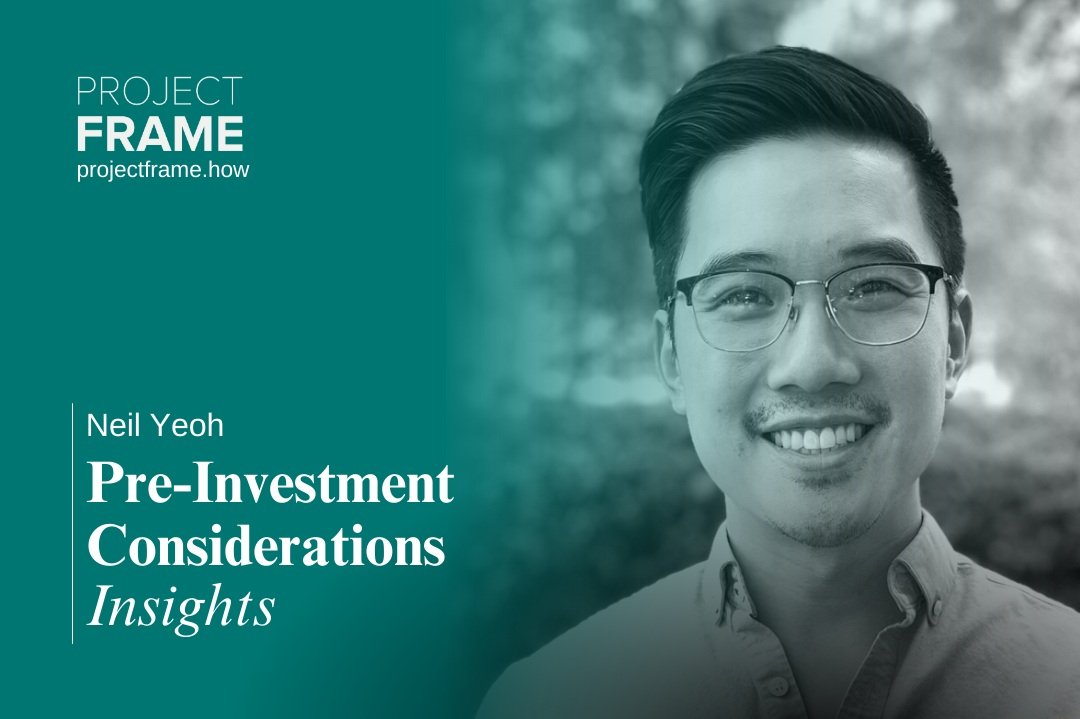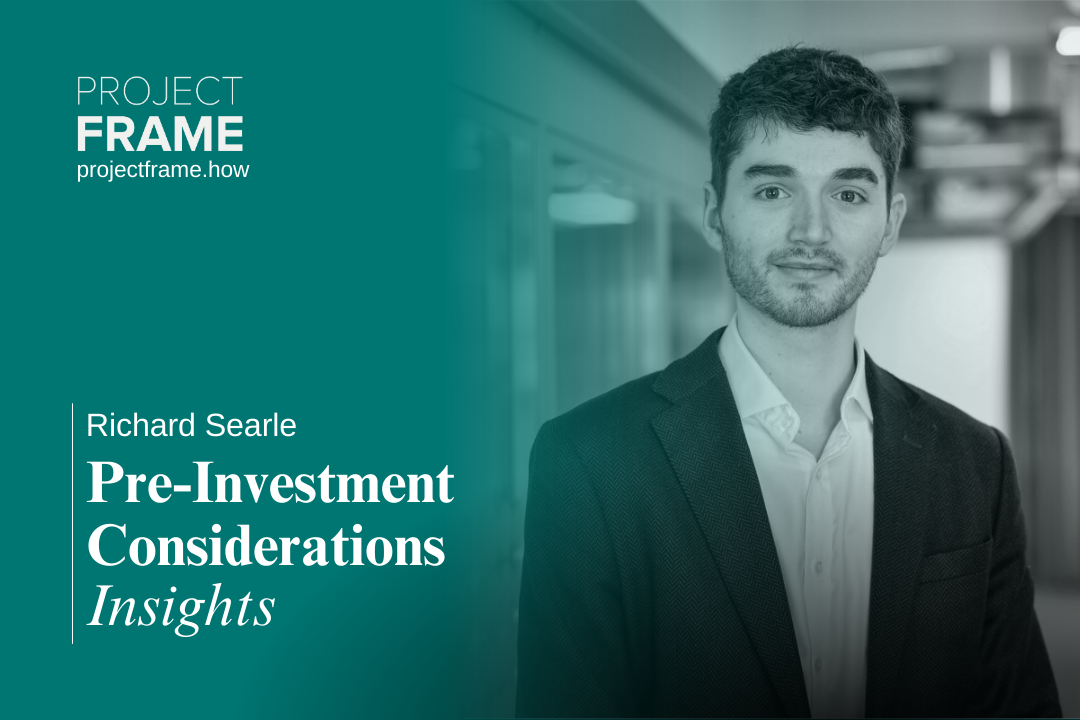‘So Much Potential:’ An LP’s Perspective on Meaningful Climate IMM with Carbon Equity’s Liza Rubinstein Malamud and Carolina Echecopar
How do you decide how much impact is enough?
For Carbon Equity Co-Founder and Chief Climate Impact Liza Rubinstein Malamud and Investment Manager Carolina Echecopar, clarity starts with comparable funds and strong processes for impact assessment.
In a Q&A with Project Frame, Liza and Carolina pull back the curtain on how Carbon Equity, as a fund of funds investor, navigates the climate investing landscape to identify funds and managers whose philosophies align with its impact priorities.
What does impact mean to you? What motivated you to do this work?
Impact means contributing to the future you wish to see.
We live in a very special moment where it’s possible to do super interesting work that also contributes to a better future. And I’m hugely inspired by all the climate solutions that companies are bringing to market, there’s just so much potential.
Climate investors face inherent challenges, from understanding the risks and opportunities of novel technologies to working within changing political landscapes. How do you navigate these challenges?
As a Fund of Funds (FoF) investor that supports funds investing in early-stage climate technologies, we need to understand the bigger picture, and we test our managers on that bigger picture.
We like to work with managers who understand not only where the world is today, but where we are heading and where we might be in 5 to 10 years—the timeframe in which companies will need to exit.
For us, the best managers have
A deep understanding of the specific technologies they fund,
A deep knowledge of the energy transition, including an understanding of what the world in which these technologies will mature will look like, and have a convincing argument why this technology will win in 5 to 10 years, and
Deep investing experience, due to which they don’t only pick winning technologies, but invest in them in a way that makes a healthy return.
What motivated you to become an active member of Frame's Content Working Group?
We wanted to contribute the LP perspective to the Working Group, including insights from across the many funds we’ve looked at, as well as learn from leaders in the space on how they are managing key issues.
We also wanted to contribute to the maturation of the ecosystem. We believe that the better the methodologies and investments get, and the more comparable funds become, the more LPs will step in and put their capital to work for solving climate change.
As an LP, we have looked at 100+ climate VC funds and developed an extensive climate impact due diligence framework for selecting funds. In the process, we have developed some strong opinions on what approaches and practices lead to the best climate investments.
As a climate-focused LP, which approaches or practices do you find to be successful?
We think it matters that a fund:
Takes a thoughtful long-term view on the energy transition and invests with that future in mind, asking questions like: Where will electricity prices be 10 years from now, and how variable will they be? Will waste biomass still be abundant or become more expensive? Which bottlenecks do you expect the energy transition to run into, and how can you invest to address them? Will investing in a company today create lock-in effects 5 to 10 years from now?
Develops a first-principles-based view on which technologies are best positioned to solve a part of the GHG challenge and by when. That means understanding what matters in solving a specific problem, like which technologies are fundamentally most efficient and hence have the potential to become cheapest, but also which other factors matter, such as capex vs opex, cost efficiency vs quality/reliability/other, time to market, or constraints that will remain a problem for the foreseeable future.
Has climate expertise and impact intentionality that sit with team members who can steer investment strategy and decision-making
Only invests if they see a logical theory of change for its investments, where it establishes the strength of the causal link between the company's activities and the impact outcomes pre-investment
Has a clear and ambitious definition of what is enough impact, through an impact potential or unit impact threshold, for example, which is well-integrated in the investment process. We don't need to see a specific threshold to invest, but we want to see consistency and ambition in what kind of companies pass or do not pass the fund's bar on climate impact
Quantifies unit impact and GHG mitigation potential for each deal prior to investing, based on high-quality methodology, data, and assumptions
Produces investment memos that consistently show how climate impact considerations weigh into investment decision-making
We test this by asking why they made specific investments and looking for whether the team has a strong view on why they picked a decarbonization technology within a pathway.
How have these opinions changed over time as the field has evolved?
We are more focused on the carbon total addressable market (TAM) and unit impact as opposed to planned or potential GHG impact.
We believe the carbon TAM and unit impact give a better picture of what we think matters most: solving problems worth solving, and investing in the right solutions. We see these as solutions that either fully solve the problem in one go or, if they are only partial solutions, be very aware of that and assess potential lock-in risks.
We also place more focus on decisions made by the fund. We developed a structured impact track record analysis to assess how impactful a fund's past investments have been.
Sometimes a fund doesn't have as much structure or process as we’d like or doesn't have a very clear definition of what is enough impact. In these cases, a track record can be very telling of how intentional and ambitious they are on impact. The track record also shows whether the fund acts consistently with its impact ambitions or if it is less consistent in practice
How would you like to see the practice of forward-looking emission impact assessment evolve to meet the needs of investors and the climate in 2025?
My dream is that we get to a methodology for assessing forward-looking emission impact and measuring realized emission impact that is so standardized that we can compare funds and companies on climate impact.
This, in my opinion, will be the biggest unlock for more capital flowing into the space.
Learn more about perspectives on climate IMM from Project Frame members and contributors





